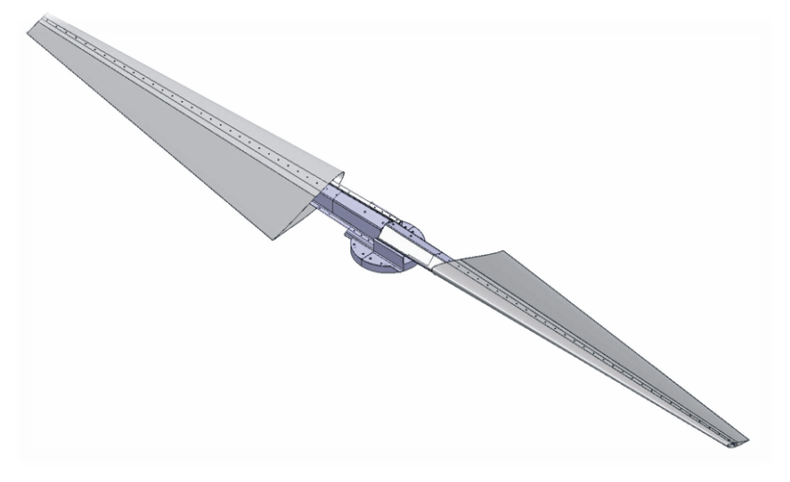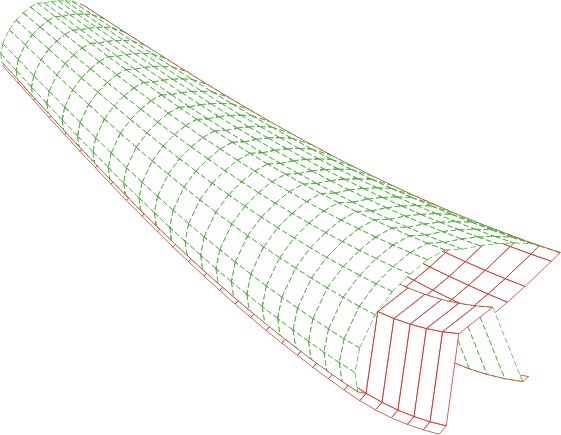
Info
Duration: 2009-2011
Summary
The Regione Piemonte project Micro.cost focused on the analysis, design, development and production methods of low cost eolic generators for microgeneration.
MUL2 participated to Micro.cost through the development of advanced 1D models aimed to the analysis of wind blades. A bibliographic survey was first carried out to investigate the state-of-the-art of the blade structural modeling. It mainly came out that classical 1D theories (Euler-Bernoulli and Timoshenko) are still widely used and they furnish reliable benchmark results in the case of isotropic and slender structures under bending. Advanced models are instead needed in all the other cases such as torsion, concentrated loads, anisotropy, and high frequency natural vibration modes. All these factors have to be taken in to account for the blade design, the preference should be given to less computationally cumbersome than shell and solid element models. Higher-order beam models are potentially powerful tools since they could include a wide variety of non-classical effects with low computational efforts.
The development activity of higher-order beam models was embedded in the framework of the Carrera Unified Formulation, CUF, which permits us to chose an any-order beam/plate model with no need of ad hoc formulations. The Finite Element modeling approach was chosen to be able to deal with arbitrary geometries and loading conditions which are typical of wind blade structural layouts. Two different classes ofrefined beam models were create depending on the modeling approach followed to model the cross-section displacement field. The first one is the so-called Taylor-based beam class where Taylor-like polynomials of arbitrary order are exploited which, in case of composite structures, provides an Equivalent Single Layer, ESL, description of the model. The second class of beams is the Lagrange based one where Lagrange-like polynomials defined on subdomains of the cross-section are used to model the beam displacement field. The Lagrange models have displacement variables only and provide a Layer-Wise, LW, description of the structure in case of composite made structures.
A vast set of analyses were conducted on typical aerospace structure models: wings, rotor blades, and hollow cylinders. Each test-case was compared with results from analytical models and/or commercial codes. A sensitivity analysis on each higher-order term was carried oot in order to highlight the influence of a variable with respect to the others. The results showed that the use of refined 1D models permits us to obtain the same accuracy of 2D, plate and shell, and 3D, solid, models. Moreover CUF beam models are able to deal with typical critical issues such as: concentrated loads on thin-walled structures, shell-like modal shapes, open-cross sections, and non-homogenous structures composed by thin skins, stiffeners and ribs.

The developed beam model was then used to analyse the MICROCOST wind blade model and results were compared with those from a NASTRAN model and with experimental data on the natural frequencies provided by the Mechanical Engineering Department of Politecnico di Torino. Excellent agreements were found and the results were presented at the CST conference in Valencia.